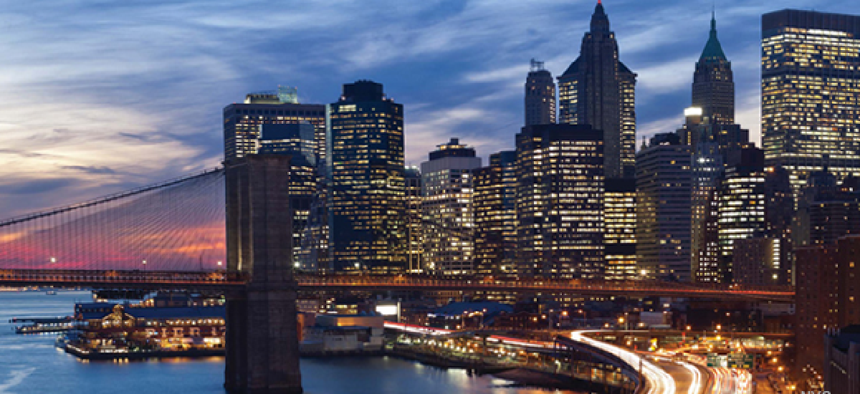NYC launches $157 million plan for broadband equity

The New York City Internet Master Plan outlines the city's strategy for bringing internet access to many of the city’s housing projects, or upwards of 1.6 million residents.
New York City Mayor Bill de Blasio has announced a fiber infrastructure strategy that will build publicly owned, affordable open-access broadband networks for up to 1.6 million residents in over the next 36 months.
With almost one third of New York City households lacking fixed broadband, the city is in the process of bringing affordable broadband options to a majority of the New York City Housing Authority developments. The New York City Internet Master Plan outlines how the city will affordable connectivity to a majority of NYCHA residents, with options to further scale affordable broadband to all neighborhoods citywide.
The city envisions “a robust broadband system is comprised of networks of fiber, conduit or aerial pathways, fixed wireless connections, and mobile wireless connections.”
“Broadband isn’t a luxury, it’s a necessity,” de Blasio said. “We are closing the digital divide and bringing our city into the 21st century by reaching communities most in need.”
The Master Plan leverages the city’s real estate assets and public rights-of-way to deploy new infrastructure. According to the plan, the city will devote $157 million to expand broadband access, primarily by working with a wide range of companies to build out commercial fiber networks to nearly every street intersection, creating an aggregation point in every neighborhood. From there fiber infrastructure network providers can extend the connection from the intersection to a pole or building and deliver service using any of a number of technologies.
The city will deliver infrastructure in two ways. Areas densely packed with underground conduits -- like Manhattan and areas of Brooklyn, Queens and the Bronx -- will receive underground fiber. More suburban areas, like parts of eastern Bronx, eastern Queens, southern Brooklyn and all of Staten Island, will be served with aerial solutions in which fiber is attached overhead to utility poles.
The mobile and fixed wireless equipment will be placed throughout the city in a pattern that will resemble fiber’s distribution. Approved telecom units will be attached to both public and private properties, such as rooftops, street lights or utility poles.
The city plans to deploy public Wi-Fi for four use cases: streets, open space, public facilities and transit. Pedestrian corridors, or zones of high commercial activity that attract large numbers of people and local businesses, will be of priority for the streets use case. While open space broadband will focus on parks, the public facilities and transit use cases will deploy access in libraries and subway stations.
“New York City’s bold new approach delivers cross-sector partnerships, incorporates cutting-edge technologies, upgrades performance, and ensures affordability for residents and businesses,” New York City CTO John Paul Farmer said. “That is how we are transforming the broadband marketplace.”





